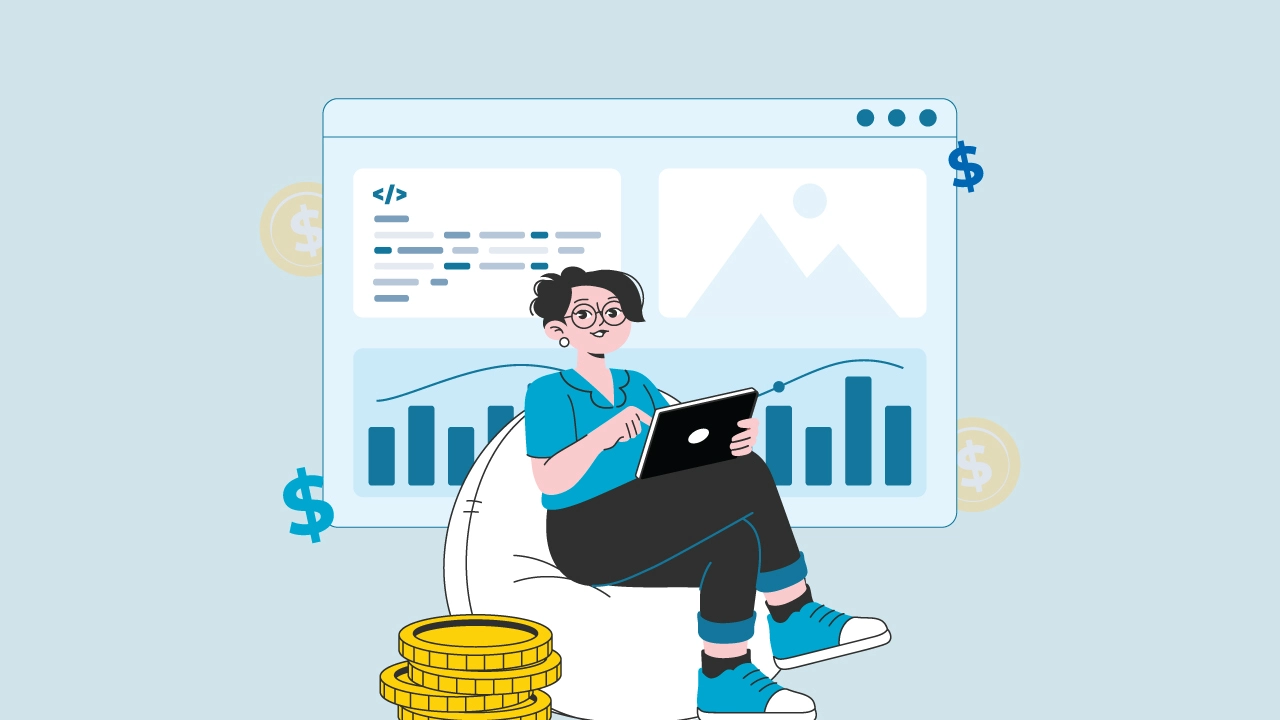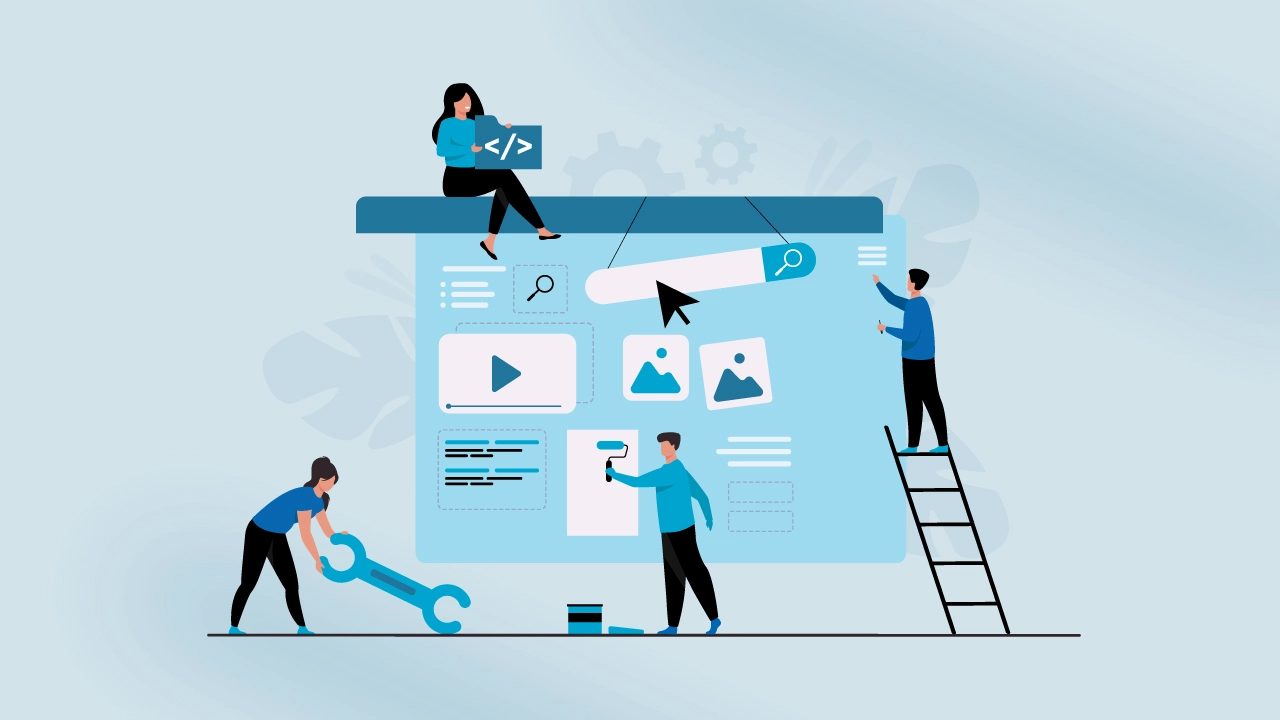Most businesses today have adopted online stores as a critical sales channel. Shopify provides an exceptionally user-friendly platform for even the least tech-savvy entrepreneurs to get up and running quickly.
But simply setting up shop on Shopify isn’t enough; once you’re there, you need to optimize your store so that shoppers find it attractive, navigate it quickly, and become customers who return again and again.
In this blog post, we’ll share ten essential things to consider when optimizing your Shopify store to drive more traffic and increase eCommerce sales.
Why Do You Need to Optimize Shopify Page?
Top 10 Things to Consider
- Create an Eye-Catching Homepage
- Optimize Product Pages
- Offer Discounts and Promotions
- Simplify the Checkout Process
- Implement Upsell and Cross-Sell Strategies
- Optimize for Mobile Devices
- Improve Site Speed
- Use High-Quality Product Images
- Leverage Social Proof
- Offer Great Customer Service
- Conclusion
Why Do You Need to Optimize Your Shopify Page?
Optimizing your store is crucial because it drives traffic and increases sales. When you optimize your Shopify page, you make sure that it is performing at its best level.
This results in better search engine rankings, increased user engagement and conversion rates, fewer bounce rates, improved user experience, and ultimately more revenue.
Moreover, optimizing your Shopify page ensures that it loads quickly and smoothly on all devices.
Customers expect an optimal online shopping experience from start to finish these days. A slow page load time can reduce customer satisfaction and even cause cart abandonment.
So, optimizing your Shopify page should be a top priority if you want to succeed in e-commerce.
Top 10 Things to Consider to Optimize on Your Shopify Site
Now that you know why it’s important to optimize your Shopify page, let’s dive into the top ten things you need to consider:
1. Create an Eye-Catching Homepage
An eye-catching homepage is one of the most important aspects of your Shopify site. It’s where you get to showcase your brand story and introduce your product line.
Your homepage should have a clear brand message and a design that visually represents it. The message should resonate with your target audience, reflecting what they need, desire, or care about.
Here are some elements that can make up an effective website homepage:
Use high-quality images or videos that represent your products.
Implement appealing typography to highlight what’s unique about the product.
Serve informative but engaging content; texts designed with all possible information on product benefits.
Offer clear navigation with easy-to-use buttons.
Coherently tell clients about what you offer, features or services, or delivery terms.
2. Optimize Product Pages
Product pages are among the critical areas you need to optimize in your Shopify store. Having good quality products doesn’t mean they sell themselves.
You need to ensure customers clearly understand their benefits while using them. This makes it essential to optimize for maximum impact.
Here are some essential tips on how to optimize Shopify product pages:
Product title: Have a concise and descriptive title that fits into character limits (i.e., 70 characters).
Product descriptions: Descriptive content inviting Customers curiously wanting more will help convert leads to sales signing up.
High-quality images: Showcase high-definition photos revealing details about the products’ shape, color, look, etc.
3. Offer Discounts and Promotions
The goal is simple here – convert visitors to buyers! Offering coupons or promotions like “sign up now” discounts or promo codes for first-time buyers at checkout can increase buying intent by customers who might have been hesitant before seeing these special offers.
For example, you can create special coupons for customers who join your email list, offer a “buy two get one free” deal on certain products, or even offer a discount for returning customers who return again and again.
4. Simplify the Checkout Process
Optimizing for customer convenience during checking out of cart items reflects directly in conversion rates; rigorously streamlining optimization to make it more convenient for users.
Here are some essential methods:
Implementing Autofill features.
Making sure delivery information is filled automatically if already added to client accounts.
Accepting popular payment options such as Apple Pay or Visa.
Abolishing mandatory account signup, etc.
5. Implement Upsell and Cross-Sell Strategies
Consider using upselling and cross-selling strategies to increase revenue for your web store. This involves recommending related products to customers interested in similar items before checking out.
Upselling involves offering customers a more expensive or higher-tier version of the product they’re already interested in. On the other hand, cross-selling is about suggesting additional related products that complement the item a buyer might be interested in.
These strategies will ensure your Shopify store attracts more customers, increases revenue, and boosts customer satisfaction.
6. Optimize for Mobile Devices
Mobile compatibility is now a big consideration for success in eCommerce store building. Websites that aren’t mobile-friendly tend to have high bounce rates influencing poor conversion rates.
It would be best to optimize Shopify Web Pages considering the over 50% of mobile phones’ market share globally on device usage.
7. Improve Site Speed
Slow page load speed significantly affects websites’ bounce rates & can also impact conversions. Therefore, providing quick load time is crucial since it’s one of the most important factors influencing user experience.
Here’s how to optimize it:
Compress all files used on the website for fast loading.
Use fewer external scripts, plugins, or widgets, slowing down website speeds.
Minimize heavy image sizes using several online tools, e.g., Google’s PageSpeed Insights tool.
8. Use High-Quality Product Images
Images are one of your best marketing assets showcasing your product and creating unique differentiation against competitors’ products. They should be attractive enough to compel consumers immediately upon site visitation.
High-quality product images quickly tell visitors everything they need to know about what you offer, ultimately improving the chances of a sale. For example, try using 360-degree images to show the product from every angle or close-up shots that reveal fine details.
9. Leverage Social Proof
A brand must show social proof through positive customer reviews to gain potential customers’ trust and establish lasting, profitable relationships.
Ensure you feature customer reviews on product pages, product galleries, and your store’s “about” section.
You could also leverage influencer marketing and feature customer reviews on your social media channels. Doing so will create trust between customers and your brand, increasing conversions.
10. Get Your Shopify Website Audited
Optimization isn’t a one-time activity that ends once you publish your eCommerce website. Therefore, it is essential to continually audit optimization monthly, weekly, and even daily.
Audit your Shopify store regularly to help you identify what works and what needs improving for higher conversions. Doing so will keep your store updated with best practices, driving more customers and sales.
Analyzing sales flow, shopper checkouts, and customers’ behavioral patterns will help identify what works and what doesn’t while continuously engaging in enhanced customer satisfaction.
Bottom Line
Page optimization on Shopify is an absolute must, especially for e-commerce entrepreneurs. A website that’s attractive, efficient, fast, and well-designed can generate significantly higher leads and conversions when compared to a dull, sluggish one.
By optimizing your pages with the top 10 tips in mind, you can ensure a great user experience (UX). All of this will help customers find what they’re looking for quickly, navigate smoothly through websites & checkouts, and feel secure about their purchase.
It’s all in the details—so take the time to perfect each page so online shoppers never struggle to know what to do next or don’t understand how to interact with your store. Start optimizing today, and you won’t regret it!



